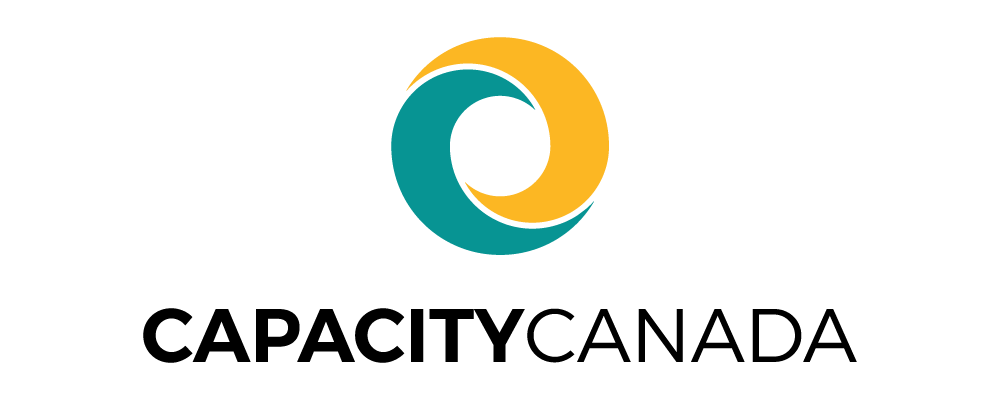|
Getting your Trinity Audio player ready...
|
By Nancy Mattes, Director, Social Prosperity Wood Buffalo
For the first time since I began visiting Fort McMurray in 2009, my role at the recent Convergence YMM Summit was to listen and observe. Normally I would have been helping behind-the-scenes, but this time it was a real pleasure for me to be one of the participants. As I listened to the people around me, I enjoyed a proud moment when I realized that the work of Social Prosperity Wood Buffalo had played a small role in helping to shape the conversations that resulted in a widely shared desire for greater collaboration and collective impact.
Attending Convergence YMM made me think back to the Community Conversation that took place two years ago. Some of the same organizing committee members were involved in that event which brought together 100 leaders from industry, government and the social benefit sector to identify transformational solutions. Following the community conversation, five Action Learning Teams were formed to work on five themes:
- Arts and Culture
- Building Capacity
- Harnessing Great Ideas
- Shared Space
- Social Planning
The Action Learning Teams engaged about 50 volunteers from Wood Buffalo and Waterloo region who contributed more than 2,000 hours over a ten month period to produce the Framework for Building Prosperous Communities. The Framework offers many innovative ideas for the social benefit sector including strategies for:
- Developing a stronger workforce
- Building organizational resilience and relevance
- Increasing social impact for the sector
- Cultivating engaged community members

The Framework was released in June 2012 along with an illustrated description (shown here) of the social prosperity journey from the “island of today” (current capacity) to the “island of tomorrow” (future capacity). On the island of tomorrow, nonprofits are part of a thriving and vibrant community and are recognized for their contribution to improving quality of life. They possess the resources (human and financial) to effectively respond to the needs of today, the resilience to withstand the disruptions of tomorrow, and the ability to change with changing community needs.
Are their guiding principles that can help nonprofits build capacity so that they can successfully navigate this journey? In my research on organizational capacity building, I came across a report that outlines four pillars of capacity building. According to the report, organizational capacity builds and is built by the following four interrelated pillars:
- Relevance: aligning with and understanding community realities such as socio-economic mix, societal norms and values, diversity, history, physical environment, assets/capacities and issues/needs.
- Responsiveness: developing and strengthening community relationships through ongoing consultation and collaboration to create a shared vision and promote inclusiveness.
- Effectiveness: practising good board governance, management systems and evaluation; implementing well-planned programs and services, communication strategies, resource management and technology.
- Resilience: nurturing an organizational culture that fosters leadership and creativity and embraces strategic thinking, financial vibrancy, continuous learning, asset/strength-based thinking and change management.
By adopting these four pillars as guiding principles in the development of organizational capacity building strategies, nonprofits may be more likely to achieve the desired outcomes and avoid potential storms at sea!

